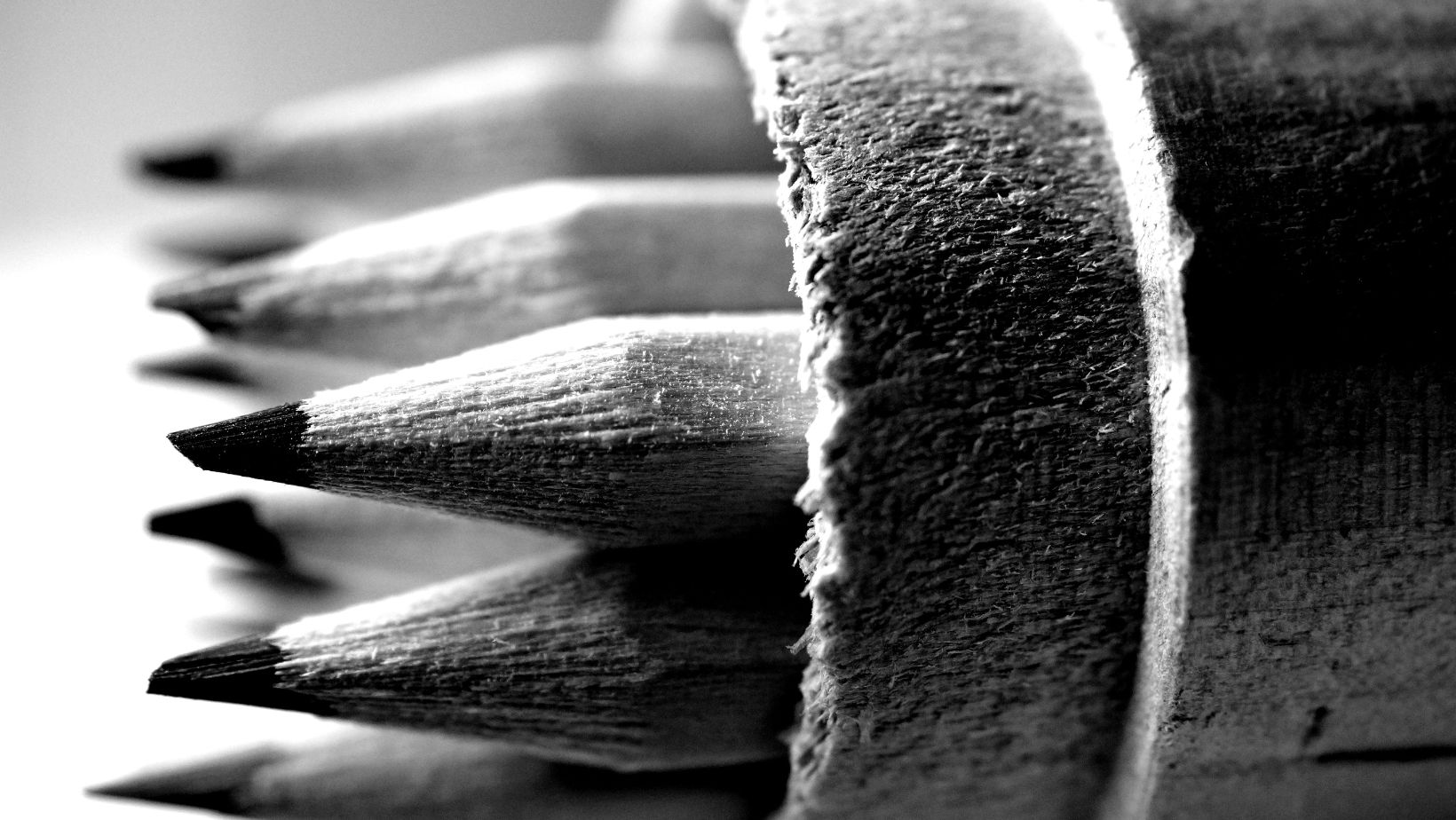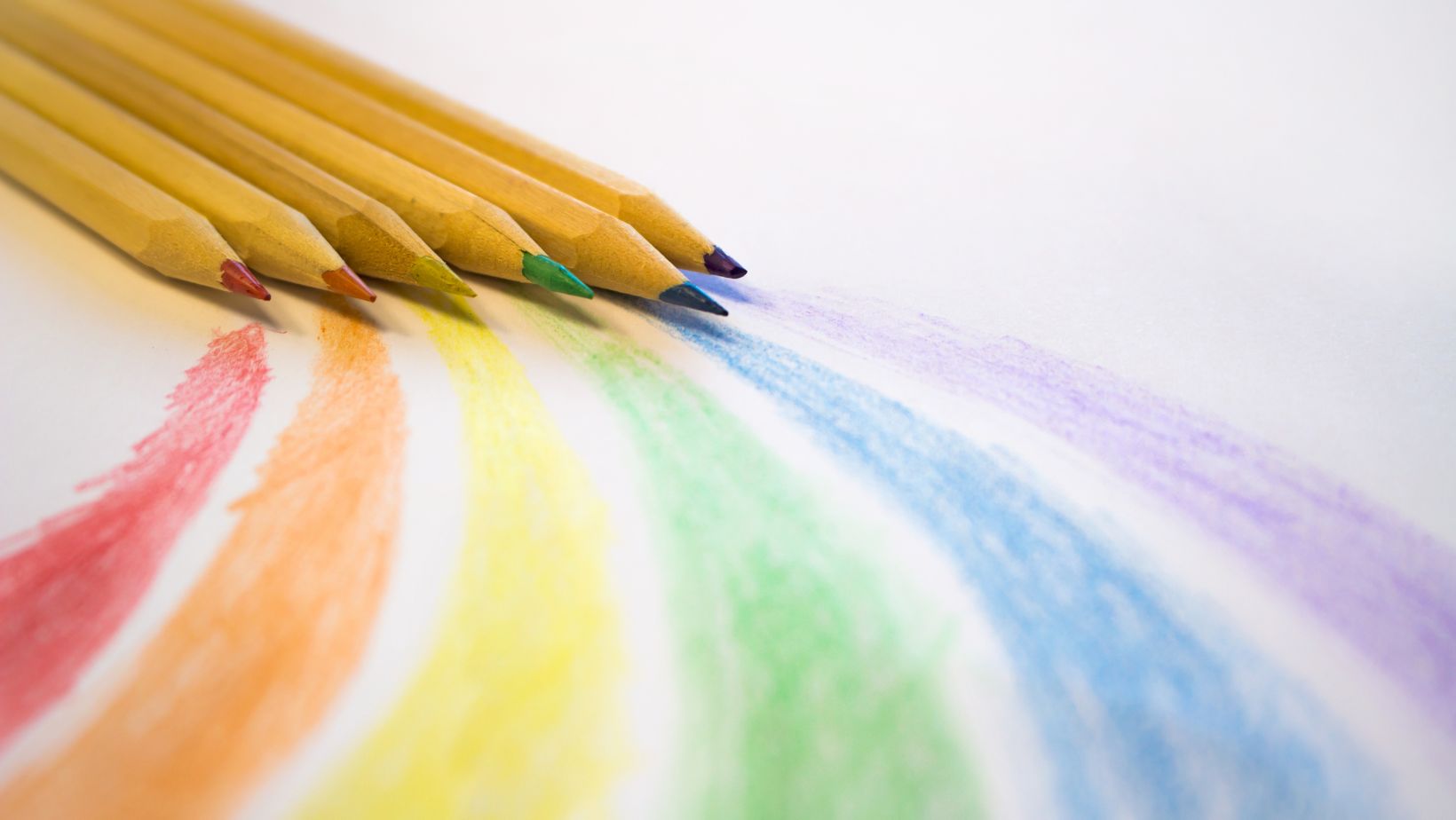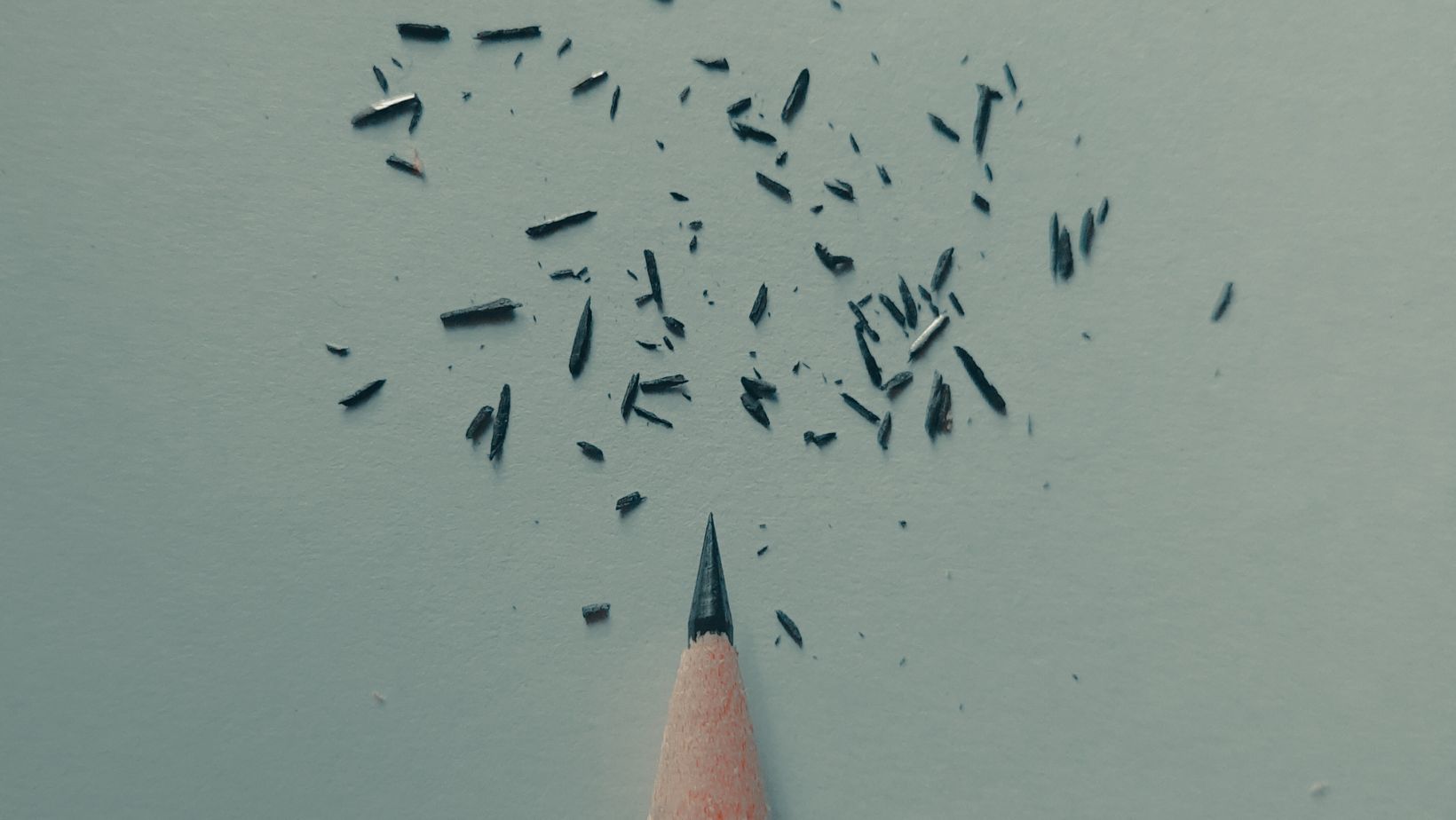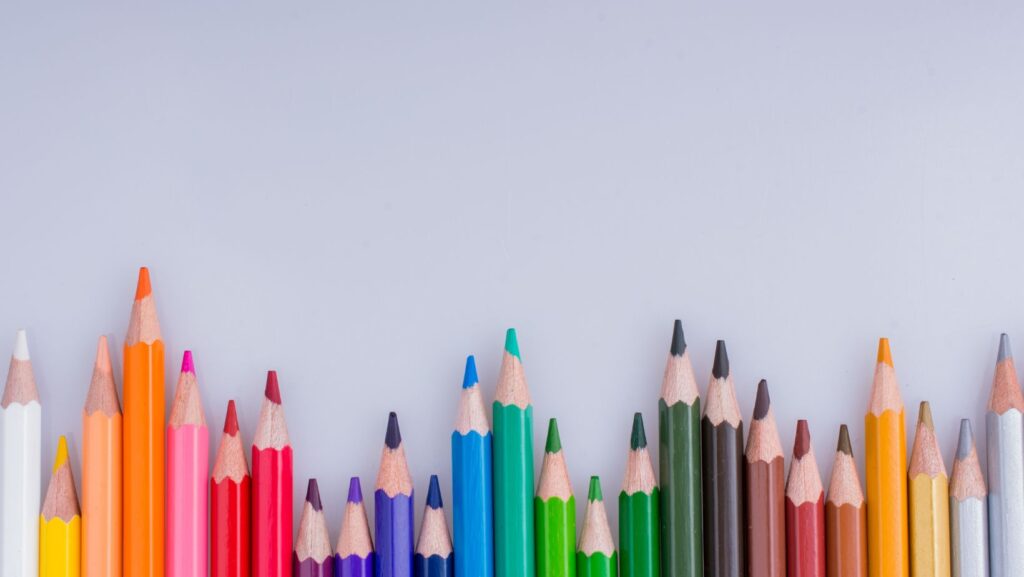Pencil:rl86fazwvxq= Art
Pencil art, a timeless form of expression, captivates with its simplicity and depth. From intricate sketches to detailed portraits, pencil  drawings reveal an artist’s mastery over shading and texture. This art form, often seen as the foundation of artistic exploration, allows creators to experiment with techniques and styles without the constraints of color.
drawings reveal an artist’s mastery over shading and texture. This art form, often seen as the foundation of artistic exploration, allows creators to experiment with techniques and styles without the constraints of color.
In a world dominated by digital imagery, pencil art offers a refreshing return to traditional artistry. It challenges artists to convey emotion and detail using only shades of gray. The humble pencil becomes a powerful tool, capable of producing stunningly realistic images or abstract interpretations. As more people seek authentic and tactile experiences, pencil art continues to grow in popularity, inspiring both budding artists and seasoned professionals alike.
Whether it’s the soft strokes of graphite or the precise lines of a mechanical pencil, pencil art invites viewers to appreciate the beauty of simplicity and the skill behind each creation.
The Beauty Of Pencil Art
Pencil art captivates through its simplicity and depth. Artists can create stunning visuals by mastering line work and shading techniques, choosing from a variety of pencils that offer different hardness levels. Graphite pencils, for example, range from H for harder, lighter  marks to B for softer, darker ones, enabling intricate detail and gradation. Mastery of these materials allows artists to convey a range of emotions and textures, transforming a simple sheet of paper into a captivating canvas.
marks to B for softer, darker ones, enabling intricate detail and gradation. Mastery of these materials allows artists to convey a range of emotions and textures, transforming a simple sheet of paper into a captivating canvas.
This art form’s versatility is evident in its applications. Artists produce detailed portraits, realistic landscapes, and abstract designs. The grayscale palette enhances focus on form and composition, encouraging viewers to appreciate subtle gradients and precise lines. Pencil art also supports exploration and refinement, as artists can easily modify their work without the permanence of ink or paint.
Many artists are drawn to pencil art for its tactile experience. The direct interaction between pencil and paper creates an organic connection often lost in digital mediums. This physical engagement fosters a sense of intimacy, allowing artists to imbue their work with personal touches and individual flair.
History Of Pencil Art
Pencil art’s history reflects its role as a fundamental artistic technique with deep roots and continual evolution. Tracing back to the 16th century, it has developed alongside advancements in tools and artistic movements.
Early Beginnings
The early use of graphite in art began in England after its discovery in the 1500s. Artists, seeking an alternative to metalpoint drawing, started using rods of pure graphite wrapped in string or sheepskin. These initial graphite pieces, also known as “plumbagos,” laid the groundwork for modern pencil art. Artists could render softer lines and sketch more freely, making it a favored medium.
Evolution Over Time
Pencil art experienced significant transformation during the 18th century. The introduction of wooden casings revolutionized graphite use, as it allowed for more precise control in artworks. By the 19th century, pencils became widespread among professional artists. The Industrial Revolution brought mass production of pencils with varying graphite hardness levels, further expanding artistic possibilities. In modern times, graphite pencils support various styles, from hyper-realism to abstract compositions, showcasing pencil art’s adaptability and lasting appeal.
Techniques In Pencil Art
Pencil art encompasses various techniques that allow artists to express depth and texture in their work. By mastering these methods, they  can enhance their creations and convey intricate details with precision.
can enhance their creations and convey intricate details with precision.
Shading adds dimension to pencil drawings by varying pencil pressure and stroke techniques. Artists achieve gradients from dark to light, suggesting volume and light source direction. Blending smooths transitions between shades, often using tools like blending stumps or tissues. This technique creates soft edges and enhances the illusion of three-dimensionality. Factors such as pencil hardness and paper texture influence the effects of shading and blending in pencil art.
Cross-hatching involves intersecting lines at different angles to build texture and value in drawings. Artists use this technique to depict shape and shadow by adjusting line density and direction. Closer lines result in darker tones, while spaced lines create lighter areas. Cross-hatching offers a dynamic method for adding contrast and detail, allowing for varied expression in pencil art.



